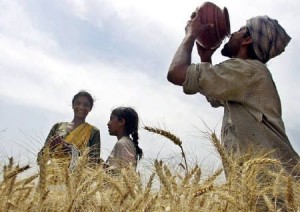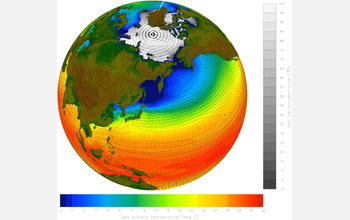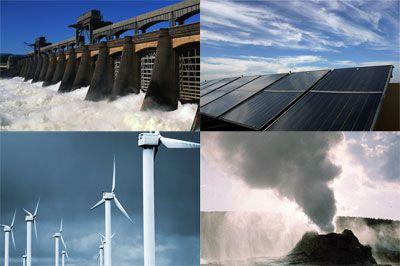 Food security is not only an explicit concern under climate change; successful adaptation and mitigation responses in the agricultural sector can only be achieved within the environmental and economic sustainability goals set forth in both the UNFCCC and the Millennium Development Goals. Use the links on the left to read more on emissions of greenhouse gases; the potential impacts of climate change; and solutions including mitigation, adaptation and the policy framework.
Food security is not only an explicit concern under climate change; successful adaptation and mitigation responses in the agricultural sector can only be achieved within the environmental and economic sustainability goals set forth in both the UNFCCC and the Millennium Development Goals. Use the links on the left to read more on emissions of greenhouse gases; the potential impacts of climate change; and solutions including mitigation, adaptation and the policy framework.
Agriculture, forestry, and fisheries are among the most climate-sensitive sectors. Therefore their production processes – whether for food, feed, fibre, beverage, energy or industrial crops, or for livestock, poultry, fish or forest products – will be heavily impacted by climate change. In the next decades, impacts in temperate regions are expected to be positive, and those in tropical regions negative, although there is still considerable uncertainty about how projected changes will play out locally, and projected impacts could also be altered by adoption of risk management measures and adaptation strategies that strengthen preparedness and resilience.
Climate change will particularly affect vulnerable people and food systems
More frequent and more intense, extreme weather will have adverse immediate impacts on food production, food distribution infrastructure, on livelihood assets and opportunities in both rural and urban areas. Changes in mean temperatures and rainfall, increasing weather variability and rising sea levels will affect the suitability of land for different types of crops and pasture, the health and productivity of forests, the incidence of pests and diseases, biodiversity and ecosystems. Loss of arable land is likely due to increased aridity, groundwater depletion and the rise in sea level.



 Climate Change
Climate Change



 Due to increased concentrations of greenhouse gases (GHGs) already accumulated in the atmosphere, Washington will face certain impacts to our forests, agriculture, snowpack, rivers, coastal waters and other natural resources that we so value. The extent and duration of these impacts will largely be determined by our collective success in reducing future emissions of GHGs. However, the Washington State Department of Ecology, along with other state agencies, has already started planning for the unavoidable consequences of a changing climate.
Due to increased concentrations of greenhouse gases (GHGs) already accumulated in the atmosphere, Washington will face certain impacts to our forests, agriculture, snowpack, rivers, coastal waters and other natural resources that we so value. The extent and duration of these impacts will largely be determined by our collective success in reducing future emissions of GHGs. However, the Washington State Department of Ecology, along with other state agencies, has already started planning for the unavoidable consequences of a changing climate. Food security is not only an explicit concern under climate change; successful adaptation and mitigation responses in the agricultural sector can only be achieved within the environmental and economic sustainability goals set forth in both the UNFCCC and the Millennium Development Goals. Use the links on the left to read more on emissions of greenhouse gases; the potential impacts of climate change; and solutions including mitigation, adaptation and the policy framework.
Food security is not only an explicit concern under climate change; successful adaptation and mitigation responses in the agricultural sector can only be achieved within the environmental and economic sustainability goals set forth in both the UNFCCC and the Millennium Development Goals. Use the links on the left to read more on emissions of greenhouse gases; the potential impacts of climate change; and solutions including mitigation, adaptation and the policy framework. The Kyoto Protocol is an international agreement linked to the United Nations Framework Convention on Climate Change. The major feature of the Kyoto Protocol is that it sets binding targets for 37 industrialized countries and the European community for reducing greenhouse gas (GHG) emissions .These amount to an average of five per cent against 1990 levels over the five-year period 2008-2012.
The Kyoto Protocol is an international agreement linked to the United Nations Framework Convention on Climate Change. The major feature of the Kyoto Protocol is that it sets binding targets for 37 industrialized countries and the European community for reducing greenhouse gas (GHG) emissions .These amount to an average of five per cent against 1990 levels over the five-year period 2008-2012.

